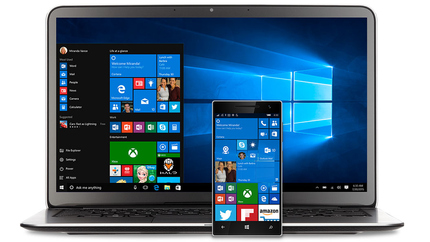we now offer everything online, as well as face to face, and we'll keep that moving forward.Because some disabled people that can't get out some mornings, they're still able to get involved in events, whereas before, if they weren't able to go, they would have missed out on our face to face event
A small disability charity contributor to Superhighways research, quoted in 'How micro charities and grassroots groups went digital: lessons from the pandemic'
Digital disruption caused by the pandemic has changed the way we deliver services and activites, work with our colleagues, share our stories and support our communities.
As we continue to live with a rapidly evolving virus, many of us are trying to figure out how to make the most of the benefits of digital working practices at the same time as shaping what face-to-face interactions are needed to best help people in their everyday lives.
Being intentional with how, when and where we work will be crucial for small charities and community organisations to sustain and grow their social impact.
Superhighways held a workshop with small organisations in June to talk through ideas and challenges of hybrid working. Here we share a few curated resources to help you consider your options.
Planning for hybrid working
A useful starting point for overall strategy:
- Planning for Hybrid Working – Chartered Instritute for Profesional Development outlines key topics
Managing at a distance
Just over two thirds of charities (68%) are planning a hybrid model for their working arrangements, according the the Charity Digital Skills Report 2021.
Managers are asking "What needs to be done in the office, and what can be done virtually?”
It's a huge question, with significant challenges for managers. You may need to define what hybrid working means for you. Or define who is eligible and why: not all frontline workers have the option of working from a home based environment by the very nature of the tasks they need to do.
And what about the culture of how your remote staff and volunteers and in-office or on-site teams will work together. How can you foster a sense of shared purpose and moments of genuine interaction, ensuring siloes are not embedded from the start?
- Remote working vs in person? Directory of Social Change planning calendar
- Hybrid working: definitions and first steps - Charity Digital on how to be clear with staff
- Five questions trustees should be thinking about when discussing hybrid working - Cambridge CVS
- Guide to hybrid work: How to navigate a new way working - Almanac
- Culture in the hybrid workplace - McKinsey and Company podcast (also in text for quick reading)
Toolkits for teams
The devices, apps, accessories and digital tools you need for hybrid working need to be thought through carefully.
Will you need a webcam for any office-based PCs, for example. Or an on-desk microphone for hybrid meetings? Can people print from their laptops when they come into the office (we get asked this a lot)? And are people using their own devices at home or out-and-about in the community?
But it's not just about equipment. It's vital to take steps to be secure and safe in multiple environments.
- Cyber Security Small Charity Guide - National Cyber Security Centre tips on improving security quickly and easily
- Laptop Buying Guide - Superhighways advice on what to look for
Running hybrid services and activities
- Framework for Human Connection - Deepr's Five Conditions, Principles and 40 Methods for online human connection
- Virtual and hybrid AGMs: A guide for charities – Chartered Governance Institute
- Hybrid Approaches to Fundraising Events – Charity Digital webinar
Wellbeing
In Blackbaud's The Future of Work 2021, 74% of charity respondents said they enjoyed working from home. However half also said that their mental wellbeing had deteriorated during the pandemic.
There will be an increased demand for home-working and flexible working, which will inevitably shape recruitment and roles on offer across all sectors, not only charitable ones.
However wellbeing is a real cause for concern, particularly as demand for support from the community sector grows.
Frequent breaks, days without online meetings and clarity of working expectations can all help to keep people safe and motivated.
And we all need to reflect on our own digital behaviour (do you know how to turn off notifications during set times across all of your tools and devices?).
- Beating Burnout: A guide for supporting mental health at work – Almanac
- Wellness Actions Plans - Mind's guides for line managers and employees
- Digital Wellbeing – Google's own suite of tips and tools for switching off
What's missing?
We've just started curating this resource.
If you find a really useful resource for small organisations to help them think through the benefits and challenges of hybrid-working and service delivery please let us know so we can update this page.




